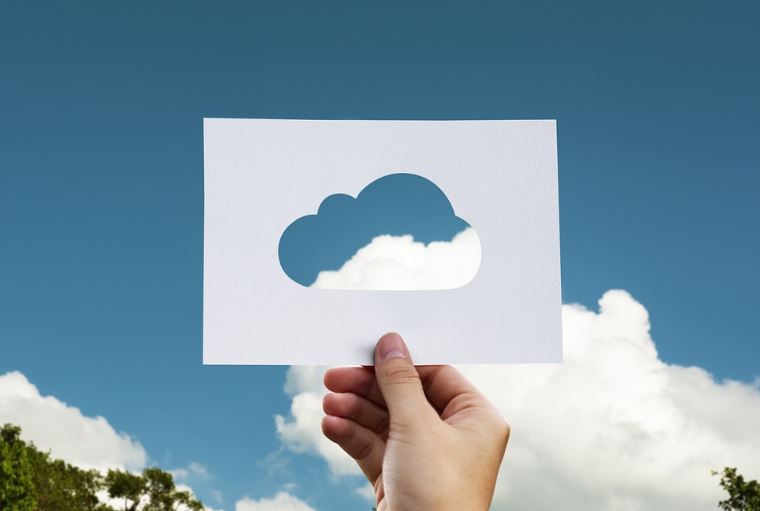The cloud revolution is far from over. The majority of our lives are now stored in the cloud: documents related to your work, personal photos from your last holiday, and even backups of your phone are tucked neatly in a virtual database. Many services run entirely in the cloud, particularly services that you use every day like Google and social media sites.
 Yet, the cloud revolution is far from over. More solutions are being developed to take full advantage of cloud computing. We’re seeing electronic medical records and other innovations being implemented for convenience. Even home appliances are now connected to the cloud.
Yet, the cloud revolution is far from over. More solutions are being developed to take full advantage of cloud computing. We’re seeing electronic medical records and other innovations being implemented for convenience. Even home appliances are now connected to the cloud.
The use of Internet of Things (IoT) and the introduction of 5G will soon add new fuel to this revolution. IoT is certainly an interesting concept since it allows every device to be connected to the internet. When they do, they gain smarter features and the ability to send (and receive) information in a seamless way. 5G will have an even bigger impact than that. Are we ready for life in the cloud?
The 5G Revolution
5G offers two major advantages that will spark further adaptation of cloud computing: low latency and higher speed. The former is a game-changer. The low latency that 5G can offer allows for smart IoT devices to be controlled remotely in real-time, with only a few milliseconds of delay.
That real-time stream of information to the cloud is an interesting concept on its own. In the near future, your refrigerator will connect to a 5G network and instantly update your shopping list when you take something out of the fridge. Your smart home hub can act as a gateway for real-time control of other appliances around the house.
There are newer IoT devices and smart appliances entering the market too. Even the hubs that connect everything together are becoming more capable. Alexa and Google Home, the two leading smart home hubs on the market right now, are expanding their compatibility list at an incredible speed.
Smarter Devices in Everyday Life
Don’t be surprised to find yourself buying a smart toothbrush in the near future. Devices designed to make our lives more convenient are entering the market as quickly as new innovations are being introduced. Smart toothbrushes that can automatically diagnose diseases based on data captured by sensors when they are used are being made available as we speak.
The same is true with bigger, more advanced devices like a smart car. Smart cars that can drive themselves are already on the road in some areas of the country. It is only a matter of time before a fully autonomous car can be purchased for maximum convenience.
For now, we have cars like the Tesla being equipped with self-driving technology. It uses multiple sensors to understand its surroundings and can automatically make adjustments to the driving controls. As a result, you can rest while the car drives itself (and you) home from work. 5G connectivity will make this technology five to 10 times more powerful.
It All Comes Down to Data
Things like smart toothbrushes and self-driving cars rely on our input to work. In other words, they rely on data to fully function and deliver the benefits they are meant to deliver. However, the presence of a 5G network allows for these devices to be even more capable.
A smart toothbrush, for instance, can be programmed to automatically upload data to the cloud for further analysis. Leveraging the power of cloud computing, more data can be processed in a shorter period of time. Simultaneously, data can be collected from a segment of the population for wider analysis. In the case of smart toothbrushes, a possible outbreak of a disease can be detected before it happens thanks to collective data that is processed to gain insights.
Smart cars will utilize the 5G network to communicate with each other without delay. They can then use cloud computing as a way to learn about their surroundings in a more collective fashion. Cars driving on the same road can exchange information in real-time, allowing for multiple smart cars to work together in easing congestion and maintaining road safety.
As with all new technologies, streaming data to the cloud in this new environment of smart devices has its risks. The biggest concern of them all is data privacy. When information from your toothbrush is stored in the cloud, there is nothing really stopping that information from being used for other purposes. Your insurance company, for example, will be more than happy to pay for that data about your health.
Smart cars have their issues too. There is a reason why we haven’t fully trusted self-driving cars yet. The lack of a human element and the sheer volume of data streamed to cloud servers are among those reasons. Data shared to the cloud is prone to misuse; since your driving pattern says a lot about your everyday life, you may want to think twice before letting that data gets uploaded to the cloud.
Current Society and the Cloud
So, are we really ready for the cloud? Unfortunately, the answer to this question – at least at this point – is a no. We are already uploading more than 70% of our lives to the cloud. Allowing smart devices to automatically stream personal data to cloud servers isn’t something you want to do right now.
Privacy and safety issues need to be resolved before technologies like IoT and 5G can be fully implemented for creating a smarter environment. Until then, it is best to be meticulous about the data you store in cloud environments.

